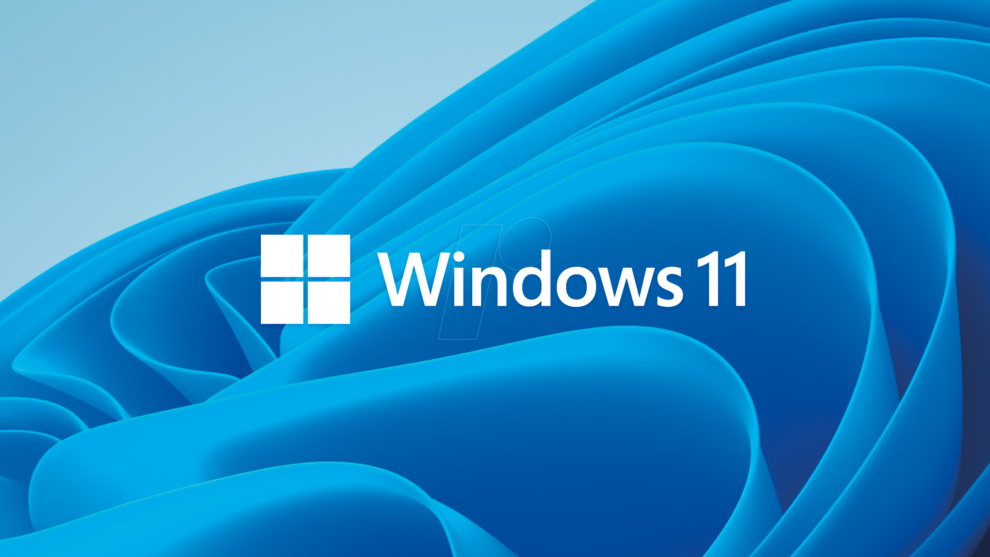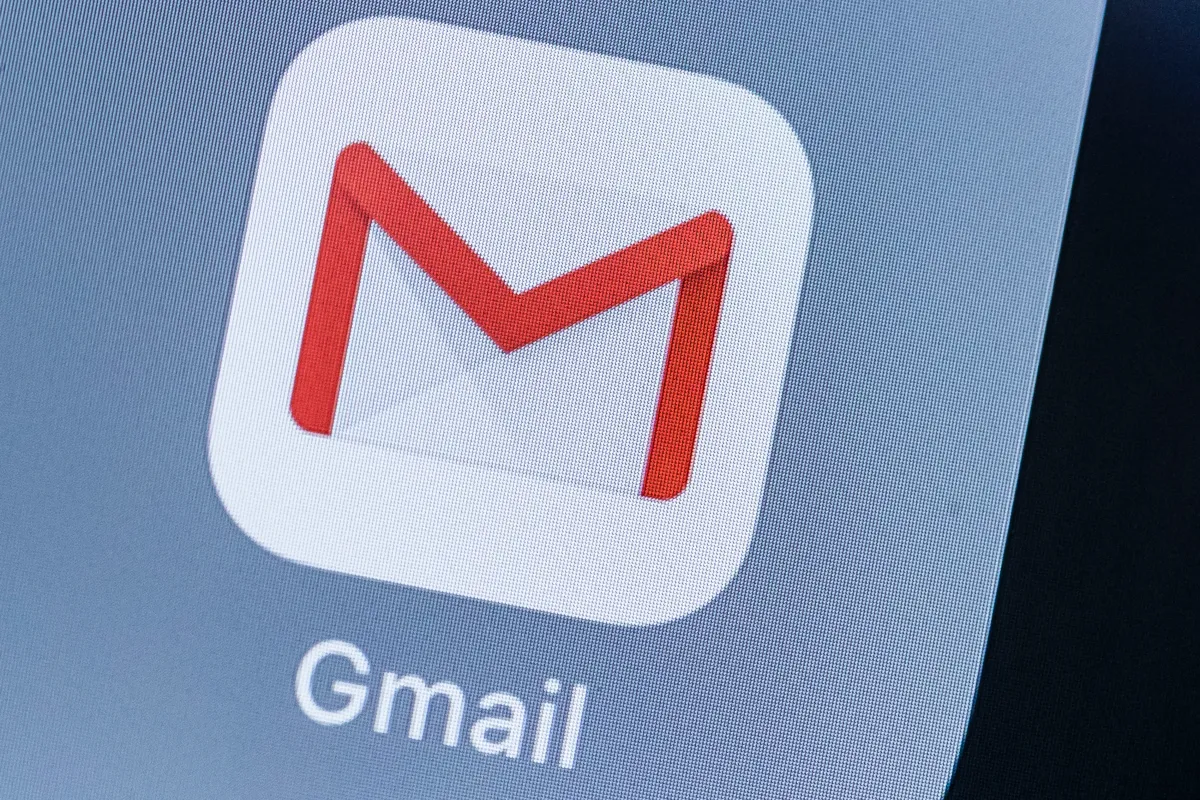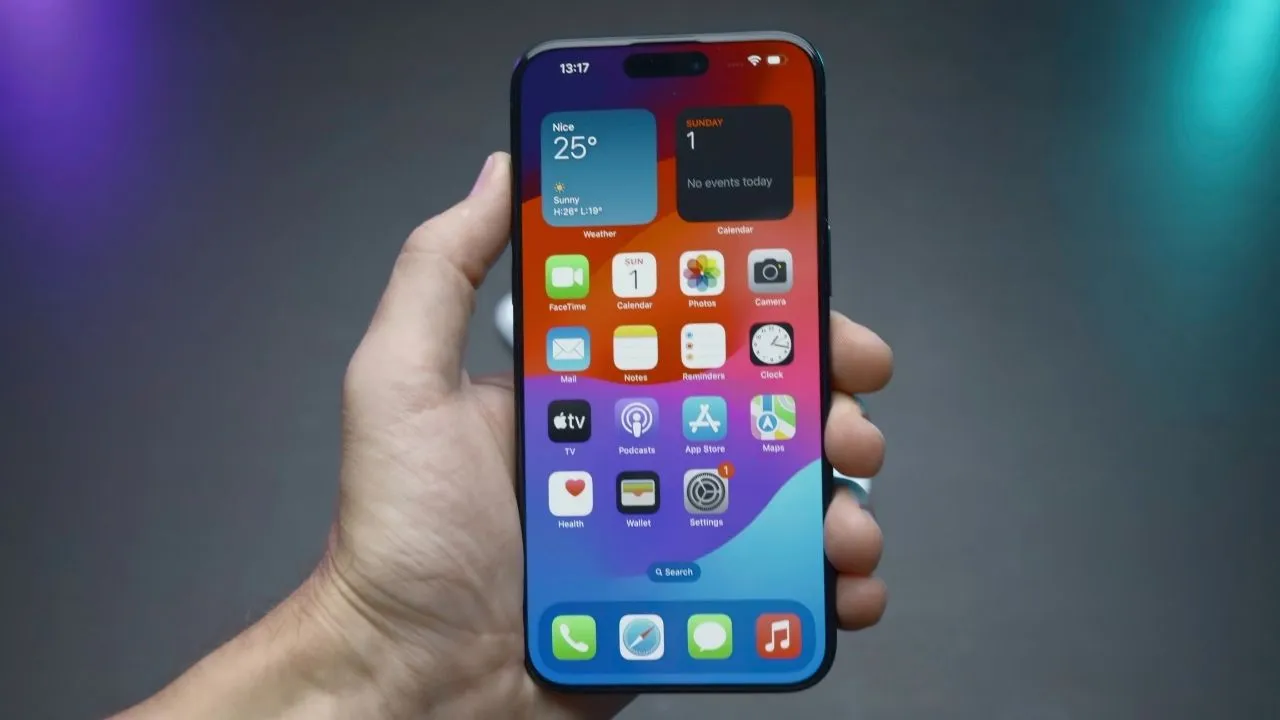The notorious BitLocker vulnerability in Windows 11, thought to be resolved, continues to pose a significant risk to users’ data security. This flaw, identified as CVE-2022-41099, has been manipulated to bypass the disk encryption, compromising data integrity on supposedly secure systems. This vulnerability came into the spotlight again at a recent security conference, demonstrating the ongoing challenges in securing modern computing environments.
The Issue Explained:
BitLocker, Microsoft’s encryption tool, is designed to protect data by encrypting the entire disk. However, an old vulnerability, initially patched, has resurfaced, allowing attackers with physical access to exploit certain weaknesses in the Trusted Platform Module (TPM) used by BitLocker. Attack methods such as SPI sniffing are used to extract encryption keys from the TPM, highlighting the flaw’s persistence and potential impact.
Current Scenario and Examples:
Recent demonstrations have shown that devices like the Lenovo X1 Carbon Gen 11, despite running updated versions of Windows 11, are still vulnerable. These exploits are particularly concerning for devices with discrete TPM modules, which were assumed to be more secure than their firmware-based counterparts.
Preventative Measures:
Users are advised to consider alternative security measures beyond TPM. Options include using additional passwords or external security keys for BitLocker. Microsoft has responded by issuing patches and updates intended to address these vulnerabilities, but the effectiveness of these measures remains under scrutiny.
The ongoing issues with BitLocker encryption on Windows 11 illustrate the complex nature of cybersecurity and the continuous need for vigilance and updated protective measures. Users must stay informed and consider multiple layers of security to protect sensitive data effectively.
The revelation of the enduring vulnerability in Windows 11’s BitLocker encryption serves as a stark reminder of the complex and evolving nature of cybersecurity threats. Even with advanced tools like BitLocker and hardware like TPM, vulnerabilities can persist, exposing users to potential data breaches. This issue underscores the importance of staying abreast of security updates and considering multiple layers of defense to safeguard sensitive information. As technology advances, so too must our strategies for protecting it.









Add Comment